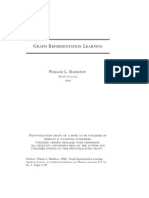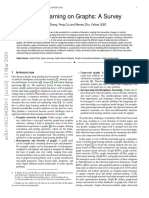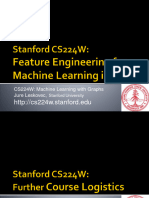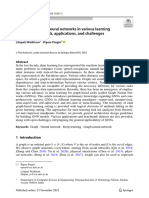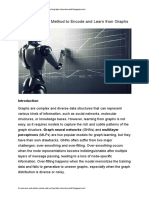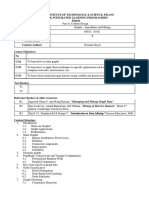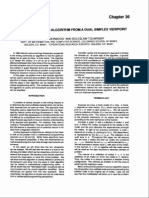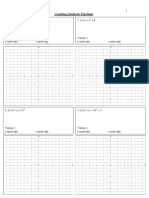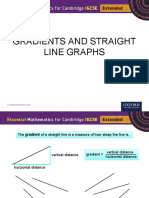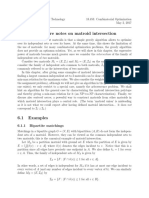0% found this document useful (0 votes)
16 views20 pagesGML Tutorial II
The document provides a comprehensive tutorial on Graph Machine Learning, covering definitions, types of graphs, and various machine learning tasks such as node and link prediction. It discusses traditional graph analysis methods, node embedding techniques, and the limitations of these approaches, emphasizing the need for Graph Neural Networks (GNNs) for improved learning and generalization. The tutorial concludes by highlighting the importance of GNNs in handling complex systems and dynamic feature integration.
Uploaded by
Soumyodeep DeyCopyright
© © All Rights Reserved
We take content rights seriously. If you suspect this is your content, claim it here.
Available Formats
Download as PDF, TXT or read online on Scribd
0% found this document useful (0 votes)
16 views20 pagesGML Tutorial II
The document provides a comprehensive tutorial on Graph Machine Learning, covering definitions, types of graphs, and various machine learning tasks such as node and link prediction. It discusses traditional graph analysis methods, node embedding techniques, and the limitations of these approaches, emphasizing the need for Graph Neural Networks (GNNs) for improved learning and generalization. The tutorial concludes by highlighting the importance of GNNs in handling complex systems and dynamic feature integration.
Uploaded by
Soumyodeep DeyCopyright
© © All Rights Reserved
We take content rights seriously. If you suspect this is your content, claim it here.
Available Formats
Download as PDF, TXT or read online on Scribd
/ 20














